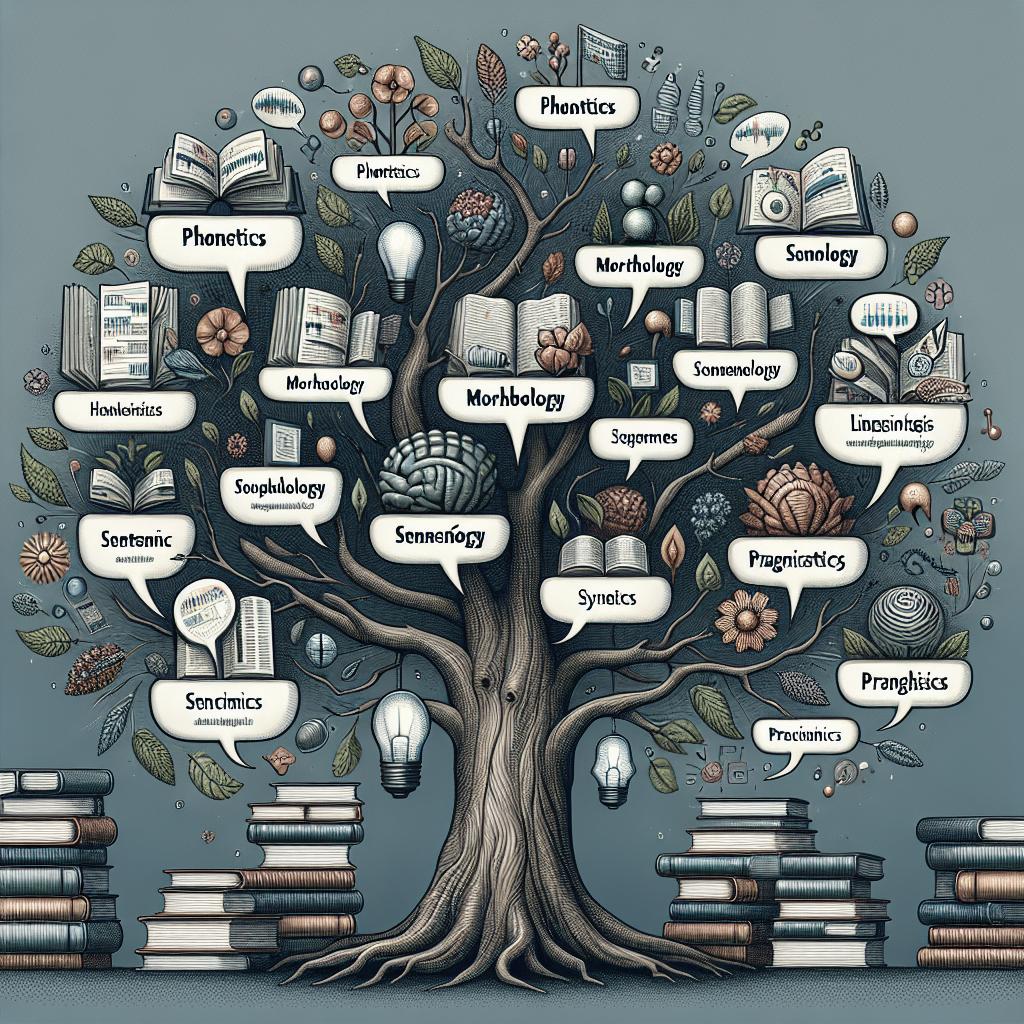< lang="en">
The intricate relationship between language and emotions has puzzled scientists and linguists for decades. This post delves deeply into various facets of this relationship, exploring how emotions influence semantics, the impact of multilingualism on emotional experiences, and how emotion-related vocabulary can shape emotional development. Additionally, it examines the role of language in emotion perception, experience, and regulation. Through this comprehensive exploration, we aim to uncover the depth of how intertwined our linguistic capabilities and emotional spectrums are.
Abstract
Understanding the relationship between language and emotions is crucial for uncovering the nuances of human interactions and emotional expression. This exploration encompasses multiple dimensions, including the effects of emotion on semantics, the benefits of multilingualism on emotional experiences, and how emotion-related vocabulary can influence emotional development. Furthermore, it examines ways language can shape emotion perception, experience, and regulation. As we embark on this investigation, we bridge gaps across linguistics, psychology, and emotional studies, presenting new avenues for future research and practical applications in various fields such as education, therapy, and communication.
What Is the Role of Emotion in Semantics?
Emotions significantly influence the way words and meanings are formed and understood. Semantics, the study of meaning in language, cannot be fully understood without considering the emotional context in which words are used. For example, the same word can have different connotations based on the emotions it conveys. A “home” can evoke warmth and safety for one person and sadness and loss for another, depending on their emotional experiences.
Researchers have found that emotional states play a central role in shaping semantic memory, the long-term storehouse of our knowledge of facts, words, and their meanings. Emotional arousal can enhance memory consolidation, making it easier to recall emotionally-charged words and experiences. This connection underscores how emotions can be both a lens and a catalyst for understanding language.
How Does Speaking Multiple Languages Alter Emotion?
Speaking multiple languages often enriches emotional experience and understanding. Multilingual individuals frequently report feeling different emotions or perceiving their intensity differently depending on the language they are using. This phenomenon suggests that language itself might shape how we experience and express emotions.
Research indicates that multilingualism can lead to improved emotional regulation. By switching between languages, individuals may also shift between distinct cultural contexts, which can offer varied emotional tools and perspectives. This cognitive flexibility can enhance one’s ability to manage emotions effectively, contributing to overall emotional resilience.
How Does Learning About Emotion Words Alter the Development of Emotion?
The words available in a language to describe emotions can significantly influence emotional development. Cultures with a rich emotional vocabulary provide their speakers with the means to identify and articulate their feelings more precisely. This verbal articulation allows for more nuanced emotional experiences and better emotional intelligence.
During early childhood, learning emotion words is closely tied to emotional development. Children equipped with a broader emotional vocabulary tend to recognize and navigate their feelings better. This linguistic development fosters emotional competence, aiding in social interactions and personal well-being.
How Does Language Alter Emotion Perception?
The language we speak shapes how we perceive emotions in others. Individuals from different linguistic backgrounds often interpret the same emotional expression in varied ways. For instance, some languages have specific words for complex emotional states that have no direct translation in other tongues, affecting how those emotions are perceived and understood.
Additionally, cultural norms embedded within a language guide emotion perception. Language provides a framework through which we evaluate emotional cues, such as facial expressions, tone of voice, and body language. These interpretations can vary widely between cultures, making language a critical component in cross-cultural emotional understanding.
How Does Language Alter Emotion Experience and Regulation?
Language not only affects how we perceive emotions but also how we experience and regulate them. Expressive writing, a therapeutic technique, exemplifies this connection. When individuals articulate their emotions through writing or speaking, they can process and manage those feelings more effectively, showcasing language’s capacity to modulate emotional experiences.
Additionally, internal dialogue, or self-talk, is another way language influences emotion regulation. Positive self-talk can mitigate stress and improve mental health, while negative self-talk can perpetuate negative emotional states. Understanding and controlling this self-dialogue is crucial for effective emotional regulation.
Looking Forward
As we continue to delve into the relationship between language and emotions, future research can focus on uncovering new areas where these two domains intersect. For instance, examining how emerging digital languages and communication styles affect emotional expression could offer fresh insights.
Additionally, developing educational practices that emphasize emotional vocabulary and multilingualism could foster emotional intelligence and resilience in future generations. Interdisciplinary approaches combining linguistics, psychology, and technology hold promise for enriching our understanding of human emotions and the pivotal role language plays.
References
[To be populated with relevant sources and citations]
Author information
Authors and Affiliations
[Author names, affiliations, and relevant details]
Contributions
[Details about who contributed to different parts of the article]
Corresponding author
[Contact information for the corresponding author]
Ethics declarations
Data Availability
Data sharing is not applicable to this article as no datasets were generated or analyzed during the current study.
Conflict of Interest
The authors declare no conflict of interest.
Ethical Approval
Not applicable.
Informed Consent
Informed consent was not required as this article does not contain any studies with human participants or animals performed by any of the authors.
Additional information
[Any other relevant information]
Rights and permissions
[Information about rights and permissions associated with this article]
About this article
Cite this article
[How to cite this article]
Share this article
[Information about sharing this article]
Keywords
Language, Emotions, Semantics, Emotion Vocabulary, Multilingualism, Emotion Regulation
Final Thoughts
The dynamic interplay between language and emotions underscores the complexity of human communication and affective experiences. Through a closer examination of this relationship, we can better understand how our words shape our emotional world and vice versa. Future research will continue to break new ground, offering valuable insights for a wide range of applications, from education and mental health to cross-cultural communication and beyond.
| Aspect | Summary |
|---|---|
| Role of Emotion in Semantics | Emotions influence word meaning and recall, central to understanding semantics. |
| Multilingualism and Emotion | Speakers of multiple languages experience and regulate emotions differently, enhancing emotional insight and resilience. |
| Learning Emotion Words | Expanded emotional vocabulary aids in nuanced emotional experiences and improved emotional intelligence. |
| Emotion Perception | Language shapes how emotions are perceived in others across different cultures. |
| Emotion Experience and Regulation | Language influences how emotions are experienced and managed, with tools like expressive writing and self-talk playing key roles. |
| Looking Forward | Future research to focus on digital language evolution, educational practices, and interdisciplinary approaches. |


